Medicinal plants have been valued for centuries for their natural healing properties. They are easy to grow, eco-friendly, and provide a sustainable way to manage minor health issues at home. Whether you have a balcony, a small garden, or even a sunny windowsill, you can grow these plants and enjoy fresh, natural remedies whenever needed. In this article, we explore six medicinal plants that are simple to grow and highly beneficial.
Why Grow Medicinal Plants at Home
Growing medicinal plants at home has many benefits. First, it gives you easy access to fresh and natural remedies whenever you need them. You can use the leaves, roots, or stems directly without worrying about chemicals or preservatives. Homegrown plants are also cost-effective compared to buying herbal products from the market.
Besides health benefits, having medicinal plants at home improves the environment they purify the air, add greenery, and create a calming atmosphere. Gardening itself is a relaxing activity that reduces stress and connects you with nature. Overall, growing these plants at home supports both physical and mental well-being while making your living space more vibrant.
1. Aloe Vera
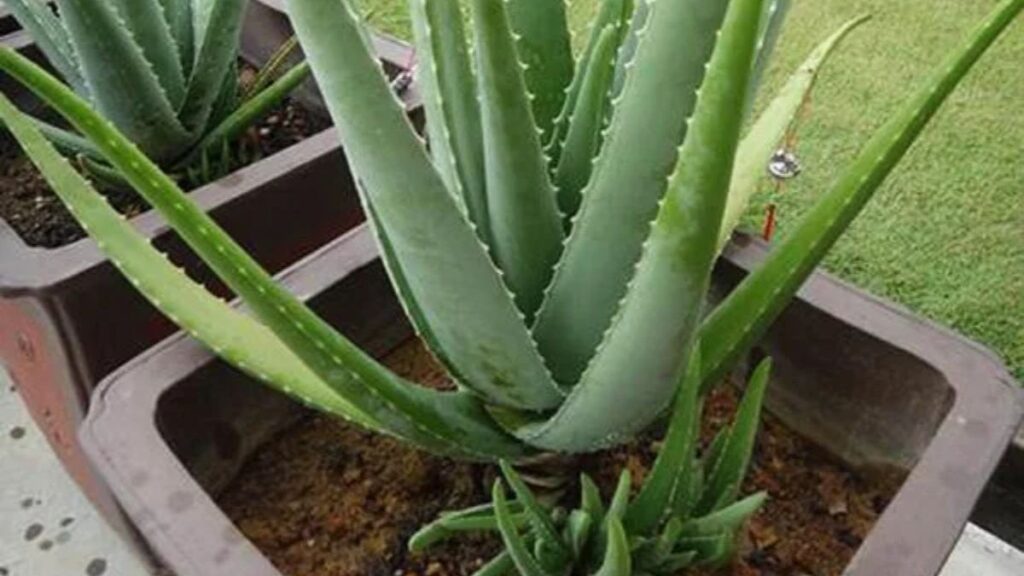
Aloe vera is one of the most commonly used medicinal plants around the world. The gel inside its leaves has cooling, soothing, and healing properties. It can be applied to burns, cuts, insect bites, and skin irritations. Aloe vera is also great for skin hydration and can help reduce signs of aging.
How to grow Aloe Vera at home:
- Choose a pot with good drainage to prevent waterlogging.
- Use sandy or well-draining soil.
- Place the plant in bright, indirect sunlight.
- Water moderately, allowing the soil to dry between watering.
- Harvest leaves only when they are mature.
- Keep the plant away from cold drafts as it prefers warmth.
Aloe vera is low-maintenance, making it ideal for beginners. The plant also looks attractive in homes and can survive for many years with basic care.
2. Tulsi (Holy Basil)
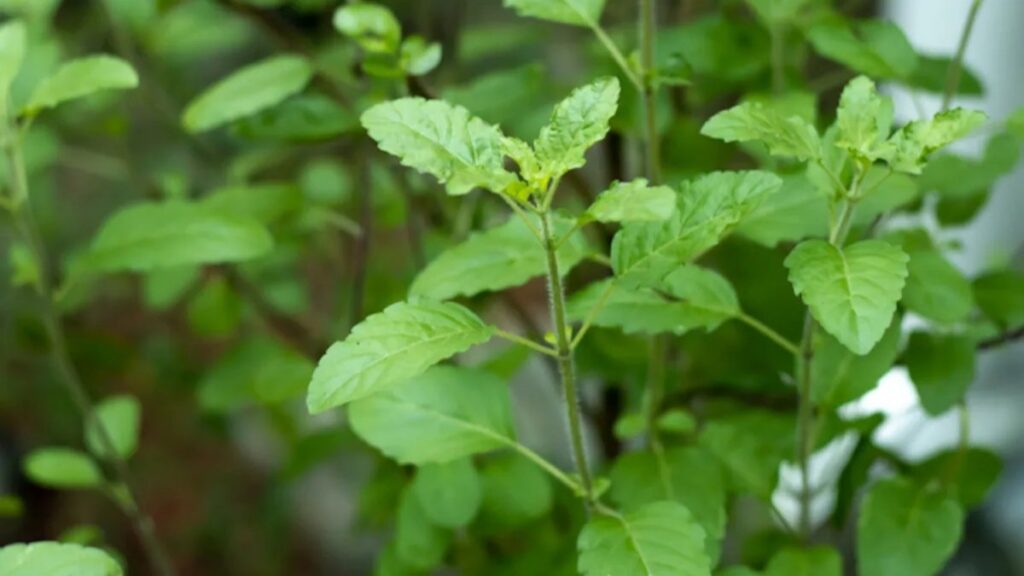
Tulsi, also known as holy basil, is considered sacred in many cultures. It is known for boosting immunity, relieving coughs and colds, reducing stress, and promoting overall wellness. Drinking tulsi tea daily can improve respiratory health and enhance mental clarity.
How to grow Tulsi at home:
- Plant it in a pot with fertile, well-draining soil.
- Keep it in an area with direct sunlight for at least 4-5 hours daily.
- Water regularly but avoid waterlogging.
- Prune the plant to encourage bushy growth.
- Protect the plant from pests by occasionally washing the leaves.
- Tulsi can also be grown indoors if it receives adequate sunlight.
Growing tulsi at home not only benefits your health but also purifies the air and adds a spiritual touch to your surroundings.
3. Mint
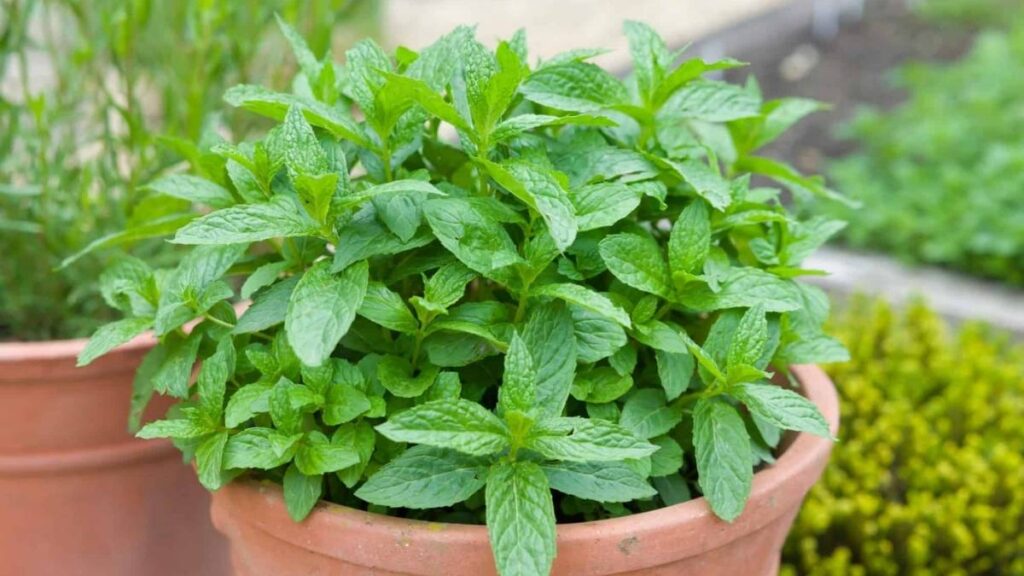
Mint is a refreshing herb that is commonly used in cooking, teas, and natural remedies. It aids digestion, reduces nausea, helps relieve headaches, and has a calming effect on the stomach. Mint leaves can be added to drinks, salads, desserts, or even used for aromatherapy.
How to grow Mint at home:
- Use a medium to large-sized pot to allow spreading.
- Plant in partial sunlight; mint can tolerate some shade.
- Keep the soil consistently moist but not waterlogged.
- Pinch off the tips to encourage bushier growth.
- Mint grows fast and can take over a garden if not controlled.
- Harvest leaves regularly for fresh use.
Mint is fast-growing and easy to care for. It also produces a pleasant fragrance that freshens up any space.
4. Ginger
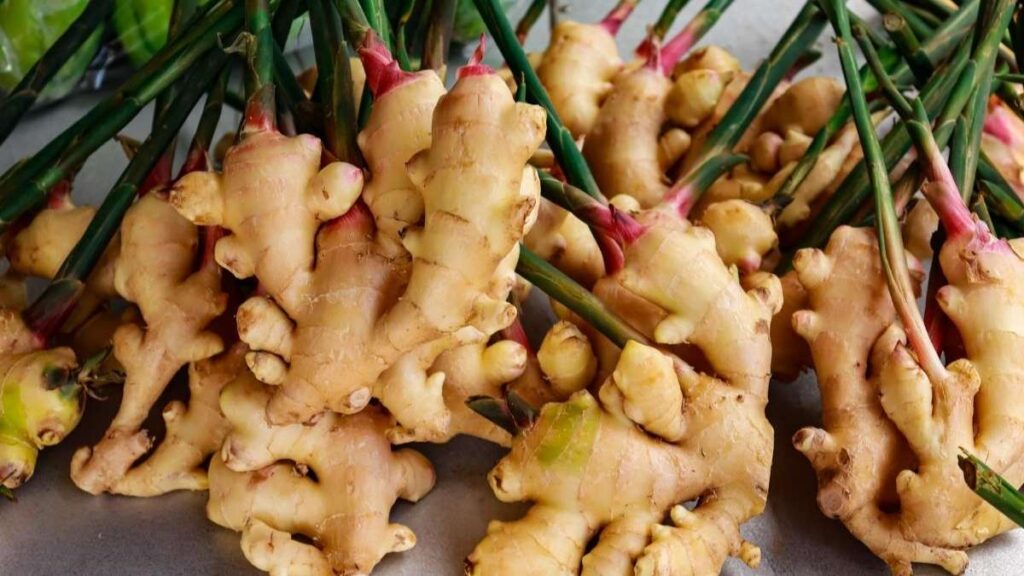
Ginger is a popular spice and medicinal herb with powerful health benefits. It aids digestion, reduces inflammation, and can help fight colds and flu. Fresh ginger can be used in teas, soups, and natural remedies for sore throats or nausea.
How to grow Ginger at home:
- Use a wide pot with rich, fertile soil.
- Plant fresh ginger rhizomes with buds facing upwards.
- Keep it in a warm, humid area; partial sunlight is ideal.
- Water lightly to keep the soil slightly moist, not soggy.
- Ginger takes a few months to grow; be patient.
- Harvest small portions as needed or wait until the plant matures.
Growing ginger at home ensures a fresh, chemical-free supply, and it adds a touch of greenery to your kitchen or balcony.
5. Lemon Balm
Lemon balm is a gentle herb known for its calming effects. It helps reduce anxiety, improves sleep, supports digestion, and can soothe headaches. Its lemony aroma is refreshing and can uplift mood instantly.
How to grow Lemon Balm at home:
- Plant in fertile, well-draining soil.
- Place it in full sunlight or partial shade.
- Water regularly to keep the soil slightly moist.
- Trim leaves occasionally to encourage healthy growth.
- Use fresh leaves for tea or infusions.
- Lemon balm spreads quickly; contain it in a pot if needed.
Lemon balm is easy to maintain and can be grown both indoors and outdoors. Its bright green leaves and fragrance make it a lovely addition to any home garden.
6. Rosemary
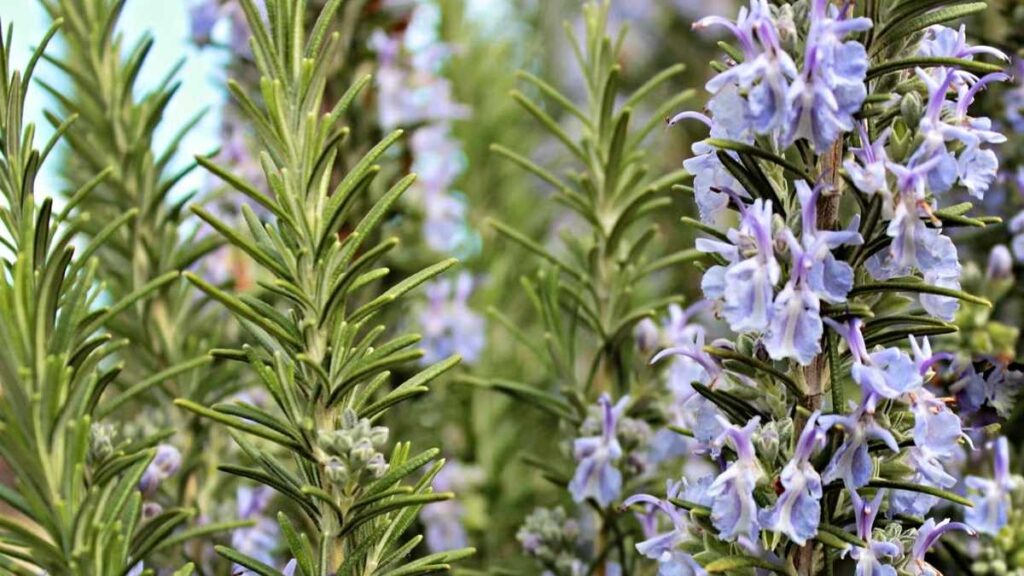
Rosemary is a versatile herb that improves memory, relieves headaches, and supports hair and skin health. It is also used in cooking and adds a strong, pleasant aroma to indoor spaces. Rosemary is drought-tolerant and thrives with minimal care.
How to grow Rosemary at home:
- Use a pot with well-draining soil.
- Place in a sunny location, ideally 6-8 hours of sunlight daily.
- Water moderately; rosemary prefers dry soil between watering.
- Prune regularly to prevent the plant from becoming woody.
- Use fresh or dried leaves for cooking, teas, or remedies.
- Protect from frost as rosemary prefers warm climates.
Rosemary is a hardy plant and can live for many years with proper care. Its fragrant leaves also repel some insects, making it a natural choice for your home garden.
Additional Tips for Growing Medicinal Plants
Growing medicinal plants at home is not difficult, but some basic care can make them thrive:
- Choose pots with proper drainage to prevent root rot.
- Use fertile, well-draining soil to support healthy growth.
- Provide adequate sunlight according to each plant’s requirement.
- Water plants according to their needs; avoid overwatering.
- Regular pruning and harvesting encourage strong, bushy growth.
- Organic fertilizers can boost plant health naturally.
- Protect plants from pests using natural methods, like neem oil or insecticidal soap.
- Keep a regular schedule for care; consistency helps plants flourish.
By following these simple steps, even beginners can successfully grow medicinal plants at home.
Conclusion
Growing medicinal plants at home is not only easy but also rewarding. Plants like aloe vera, tulsi, mint, ginger, lemon balm, and rosemary provide natural remedies for common ailments and make your home greener and more vibrant. They are low-cost, sustainable, and allow you to enjoy fresh, organic herbs all year round.
With a little care and attention, anyone can create a mini herbal garden at home. These plants bring health, beauty, and a touch of nature into daily life. Starting with these six medicinal plants is the perfect way to begin your journey into home gardening and natural healing.
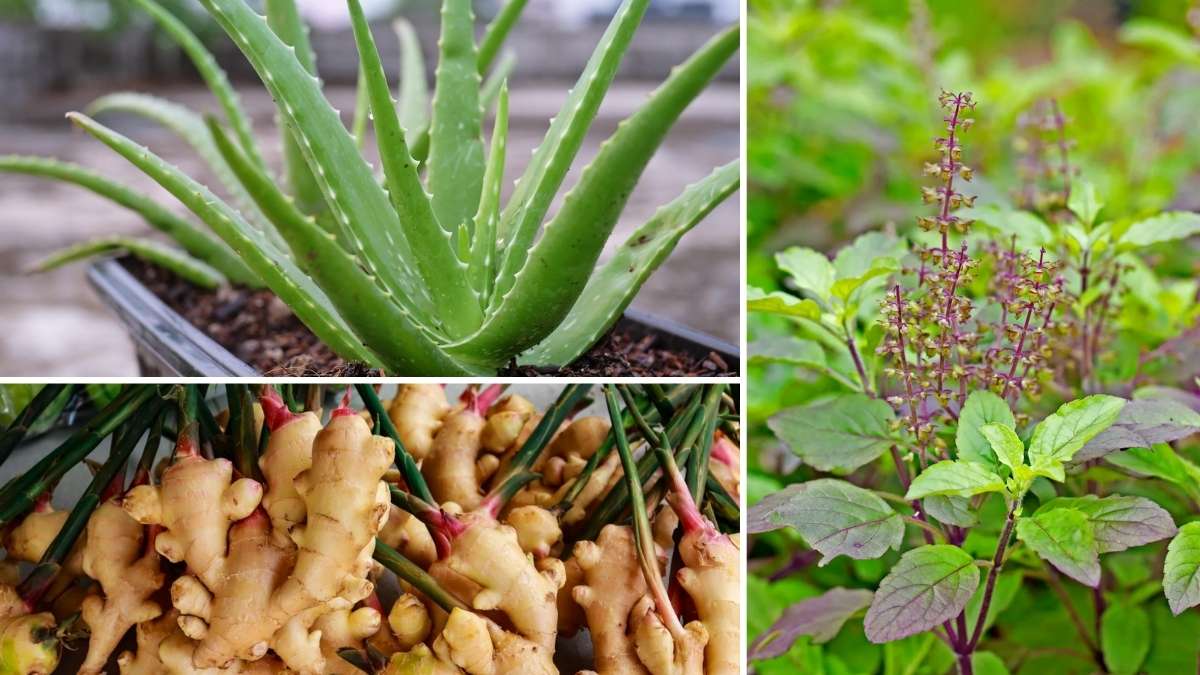



Thank you very much for the lovely tips and flowers
Wish to see more
I love flowers in general now I’m delighted to add medicinal ones to my favourite list